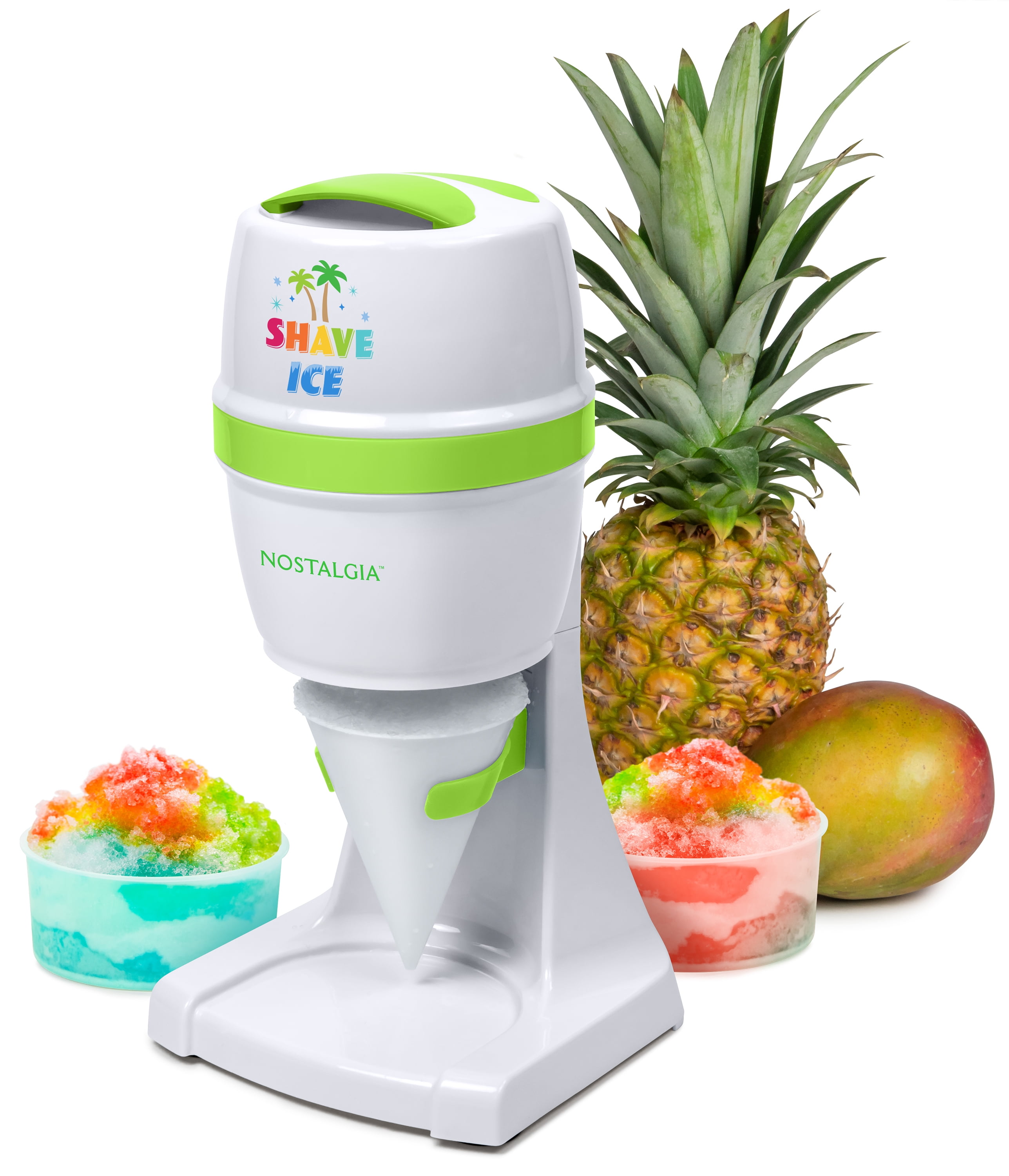


After processing the message, both the intent and entity values are passed onto the dialog's triggers. When a dialog is invoked, its recognizer will start to process the message and try to extract the primary intent and any entity values the message includes. The following diagram shows the anatomy of a dialog in Composer.Ī recognizer interprets what the user wants based on their input. As the conversation flows, the main dialog can call a child dialog, and a child dialog can, in turn, call the main dialog or other children dialogs.
DIALOG MAKER HOW TO
Refer to the Add a dialog article on how to create a child dialog and wire it up in the dialog system.īelow is a screenshot of a main dialog named WeatherBot and three child dialogs called Cancel, Help, and getWeather.Īt runtime, the main dialog is called into action and becomes the active dialog, triggering event handlers with the actions you defined during the creation of the bot. Refer to the Create a bot article on how to create a bot and its main dialog in Composer. Each bot has one main dialog and can have zero or more child dialogs. You can create one or more child dialogs to keep the dialog system organized. The main dialog is initialized by default when you create a new bot. There are two types of dialogs in Composer: main dialog and child dialog. You create a dialog in Composer to manage a conversation task. Composer helps you focus on conversation modeling rather than the mechanics of dialog management. The dialog system supports building an extensible model that integrates all of the building blocks of a bot's functionality.

In Composer, dialogs are functional components offered in a visual interface that reduces the need to write code. Sophisticated bots might have dozens or hundreds of individual dialogs.

Simple bots will have just a few dialogs. Bot Framework Composer integrates these pieces into dialogs, a single interface for constructing the building blocks of bot functionality.Įach dialog represents a portion of the bot's functionality and contains instructions for how the bot will react to the input.ĭialogs can include custom business logic, calls to cloud APIs, training data for language processing systems, and importantly, the actual content used in conversations with the bot's end users.
DIALOG MAKER SOFTWARE
Modern conversational software has many different components.


 0 kommentar(er)
0 kommentar(er)
